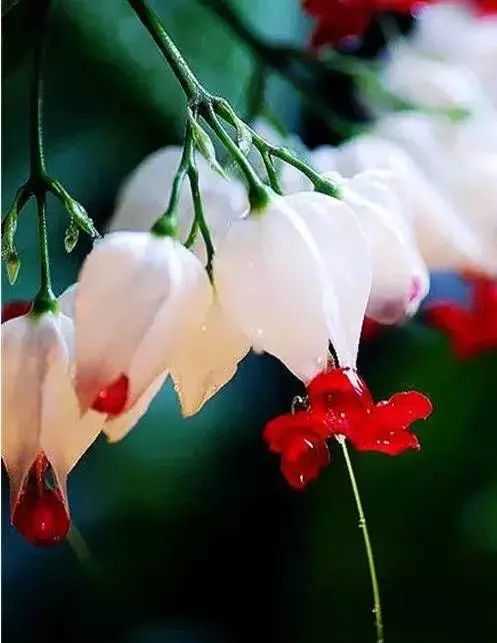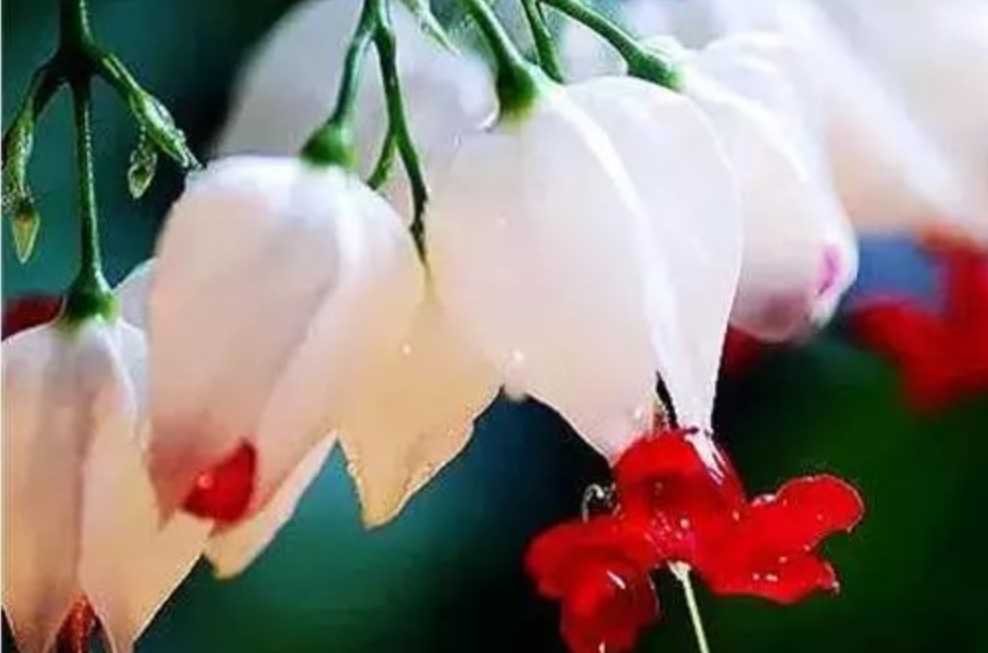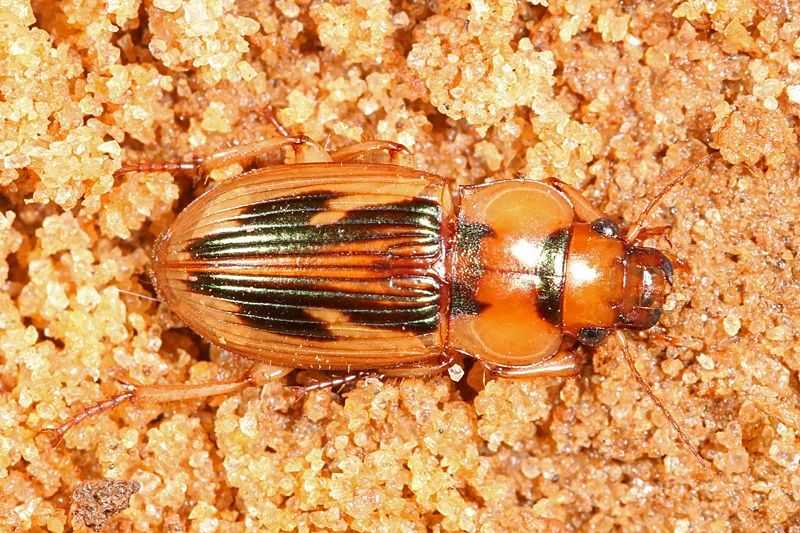The Enchanting Dragon's Tongue Flower: A Floral Marvel with Dramatic Flair
Clerodendrum thomsoniae, commonly known as the Dragon's Tongue Flower or Bleeding Heart Vine, has captivated gardeners and botanists with its striking appearance and unique name. Native to West Africa, this evergreen shrub thrives in tropical and subtropical climates, where it climbs trellises or sprawls as a groundcover, adding a touch of drama to landscapes.

Source: Images from the Internet, if there is any infringement, please contact the removal of
A Botanical Spectacle of Contrasts
The plant’s most iconic feature is its flowers, which resemble a dragon exhaling pearls. Each bloom emerges from a deep purple, star-shaped calyx that gradually splits to reveal a white, tubular corolla. The corolla’s tip often stains red, mimicking a drop of blood, while the elongated stamens protrude like a dragon’s tongue, creating a vivid contrast. Flowers cluster in pendulous cymes, blooming from spring to fall above glossy, ovate leaves (5–10 cm long) with serrated edges. As a climber, it uses twining stems to reach 2–5 meters, making it ideal for pergolas or hanging baskets.
Cultivation and Cultural Significance
Dragon’s Tongue Flower thrives in well-drained soil and full sun to partial shade, requiring regular watering in dry periods. In temperate regions, it’s often grown as a houseplant, where it can bloom year-round with proper care (18–24°C and high humidity). In its native range, the plant attracts pollinators like bees and butterflies, while its sap has been used in traditional medicine for its anti-inflammatory properties. Though not endangered, habitat loss in West Africa threatens wild populations. As a symbol of boldness and mystery, this flower continues to inspire garden designs and cultural narratives, standing as a testament to nature’s ability to blend artistry with functionality.
-------- END --------






